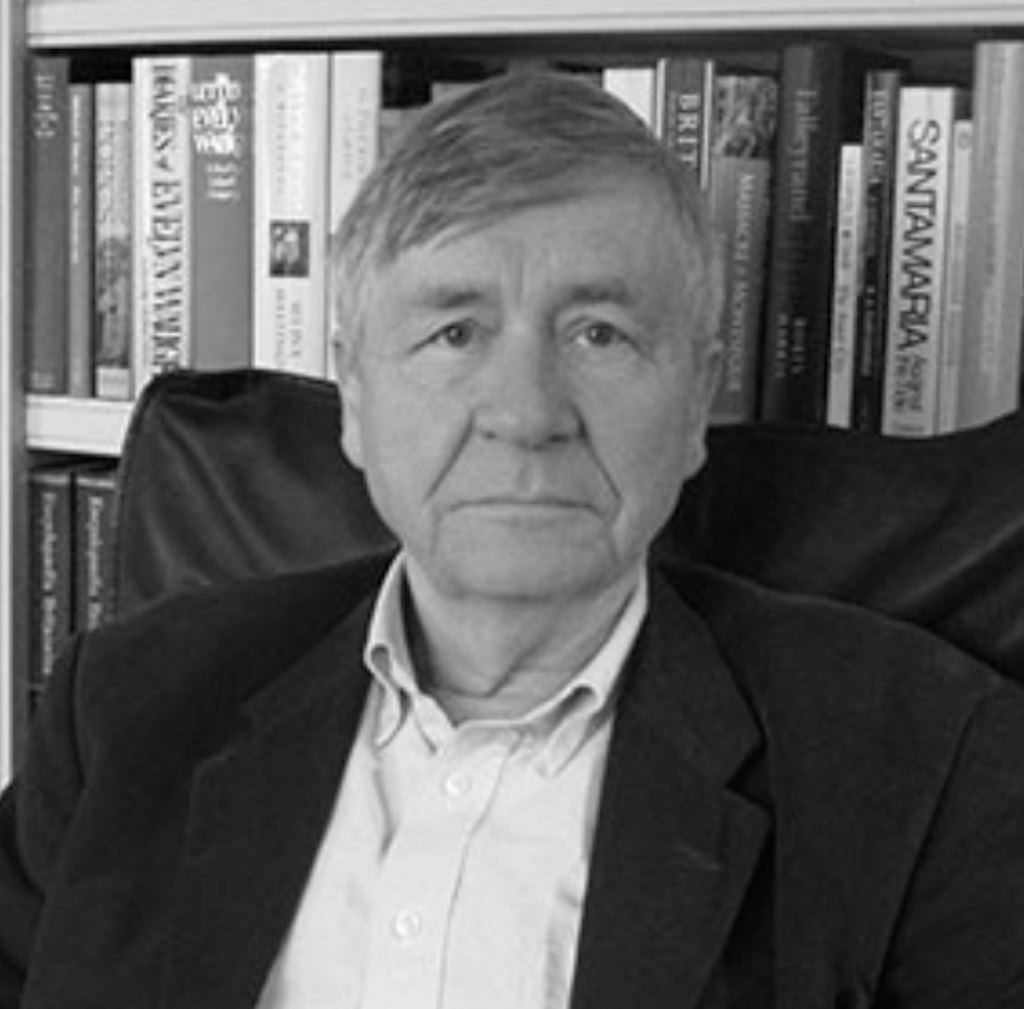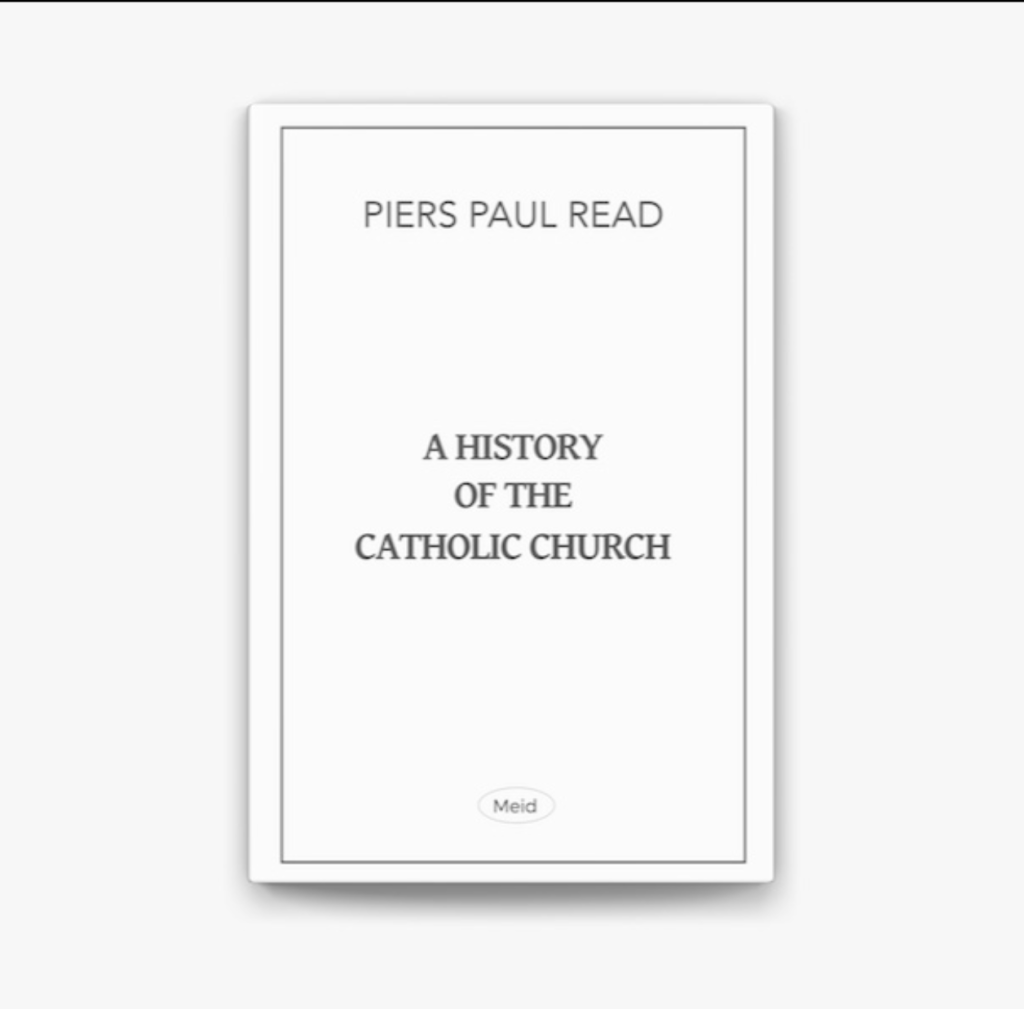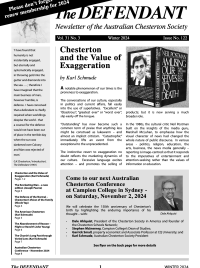To compress the history of a two-thousand-year-old institution into a single volume is a formidable challenge, but it is one that Piers Paul Read has met with consummate skill in A History of the Catholic Church (Meid Books, 2023).


A crucial reason is that he brings to the task a certain Chestertonian vastness – as a seriously Catholic author of both fiction and non-fiction. The comparison is unsurprising in that Read was born in Beaconsfield where Chesterton lived and died, and he was baptised by the parish priest, Monsignor Smith, who gave Chesterton the last rites at his death in 1936.
While he may be best known as the author of Alive: The Story of the Andes Survivors (1974), Read is an accomplished novelist, historian and biographer.
He has published nearly 20 novels, several of which have been turned into movies. Having studied history at Cambridge, he has written authoritative histories of the medieval military order, the Templars, as well as of the Dreyfus Affair and the Chernobyl nuclear reactor disaster. He has also produced an authoritative biography of the British actor, Sir Alec Guinness, whom he knew well.
Such versatility helps to account for the distinctive nature of his history of the Church. He blends the scholarly insight of the historian, analysing cultural movements and historical events, with the art of the novelist and the discernment of the biographer, capturing the importance and impact of key
characters in the Church’s long past.
Thus, in the first of seven major parts into which the book is divided, the author intersperses short chapters on such subjects as the persecution of the early Church, the Mass as the historical focal point of Christian worship, and the circumstances underlying the Fall of the Roman Empire, with the portrayal of pivotal figures, such as St Paul, Helena (the mother of the Emperor Constantine), and St Augustine.
In Part Two of the book, which covers the rise of Islam through the Middle Ages to the 16th century Reformation, Read highlights the complementary influence of St Dominic and St Francis – with each responding to the critical needs for the Church in terms of intellectual challenges, on the one hand, and a living witness of faith, on the other.
As Read points out, Dominic’s ambitions may have begun with the reform of convents and monasteries but then “he wished his followers [the Dominican Order] to establish the truth through learning”. He profoundly influenced
thinkers like the Dominican, St Thomas Aquinas, and institutions – above all, the universities founded in this period.
By contrast – but in a complementary way – was the impact of St Francis. He attached little value to learning, believing that his Franciscan friars should teach by example rather than argument. Yet, as Read emphasises, Francis himself was a poet, as shown by his Canticle of the Sun.
There is a great deal more that could be said about this history of the Church, but undoubtedly its most crucial quality is the Christian vision of history which informs and animates it.
Read sees history as the unfolding of the human story through divine rather than human lens. Man has responded creatively to a divine vision and plan – and lived in harmony with the great Transcendentals of God’s creation, goodness and truth and beauty – or he has used his freedom to deny God, and defy Him.
Joseph Pearce has recently offered (in the Imaginative Conservative journal) a comparison between this Christian view of history and the materialist and determinist understanding which currently prevails. Philosophical materialists, such as Auguste Comte and Karl Marx, saw history through the lens of determinism – an arena in which sociological or socio-economic forces operate irresistibly according to scientific laws.
Man is seen as a machine, or a system, and human history is thought to result inevitably in the perfection of a utopia – or now, more probably, an annihilation, as the climate prognosticators proclaim.
In Pearce’s words (which are borne out in Piers Paul Read’s History): “Those who are blinded by materialism cannot see the landscape of history. They see systems instead of people, and empowerment instead of virtue. They can’t see the beautiful because they refuse to raise their eyes to heaven.”
